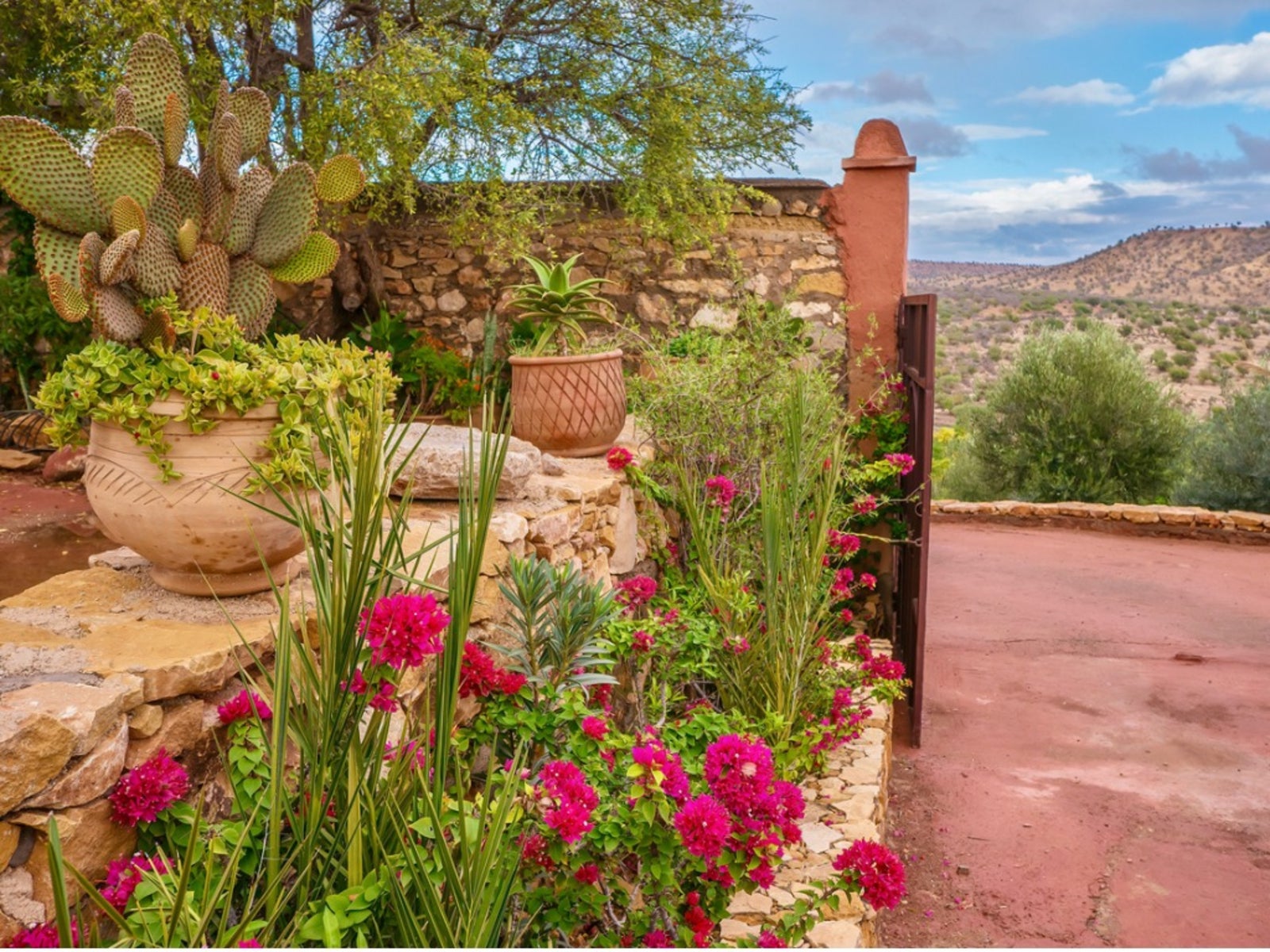Desert Gardening For Beginners - Desert Gardening 101


Are you looking to start a garden in the desert? Growing plants in a harsh climate is challenging, but it’s always rewarding, even for beginner desert gardeners.
There’s really no such thing as easy desert gardening, as gardening always requires a fair amount of work. However, the following tips will help you save water, time, and money.
Desert Gardening 101: Know Your Desert
Deserts are defined as areas with sparse precipitation, but all deserts aren’t created equal. Low elevation deserts typically have mild winters and scorching hot summers, while high desert climates are warm and dry during the summer and freezing cold during the winter.
Desert Gardening 101: Tips For Beginner Desert Gardeners
Consider desert landscaping instead of a traditional lawn, which requires a tremendous amount of water.
Learn about drought-tolerant plants that do well in your area. Many native flowers, shrubs, trees, or succulents can go for amazing stretches of time with very little moisture.
Desert soil often contains clay, gravel, or sand, but poor soil can be amended by digging in generous amounts of organic material such as compost, manure, or fine bark. Repeat with a lighter application every spring.
Many plants will need water every day during the summer months. Consider a drip irrigation system or soaker hoses for easy desert gardening.
Gardening tips, videos, info and more delivered right to your inbox!
Sign up for the Gardening Know How newsletter today and receive a free copy of our e-book "How to Grow Delicious Tomatoes".
A regular application of mulch such as chopped bark, shredded leaves, dry grass clippings, or compost will conserve moisture and discourage weeds.
Gardeners tend to be generous folks that enjoy sharing advice and tips with newbies. Beginner desert gardeners shouldn’t hesitate to pick the brains of those in your neighborhood. Your local cooperative extension is also a good source of information for your area.
Desert Gardening For Beginners: Vegetable Gardening
Before you start a garden in the desert, do your homework and determine your growing zone and the average low temperatures for your area.
Many vegetables, such as cabbage, broccoli, chard, carrots, beets, radishes, spinach, and lettuce are more productive during the winter. Cool-weather gardening has other benefits too, including fewer pests and less frequent irrigation.
Veggies that thrive in hot weather include okra, melons, squash, eggplant, corn, sweet potatoes, and tomatoes.
You may need to provide some shade for veggies during the summer months. One strategy is to plant lower-growing plants like kale or strawberries in the shade of taller plants like sunflowers, eggplant, or tall beans. You may need to use shade cloths or tunnels for more delicate plants.
Shop for seeds carefully and choose those that have been proven effective in your area. You may want to try heirloom seeds that stand the test of time. Local nurseries are a good source.
Keep weeds in check, as they will draw precious moisture from other plants. It’s always easier to pull or hoe weeds when they’re small. Moistening the soil will simplify the task.

A Credentialed Garden Writer, Mary H. Dyer was with Gardening Know How in the very beginning, publishing articles as early as 2007.